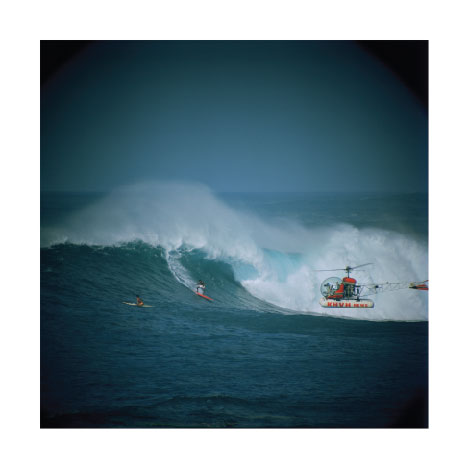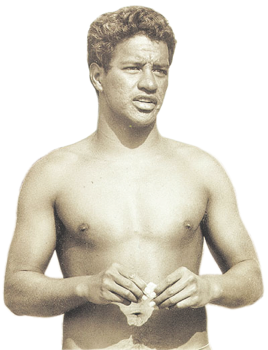I. OCCUPY FROMMER’S
The Hawaiian history that plays through headsets on the buses that shuttle tourists between the shops, hotels, restaurants, and beaches on Oahu is predictably bland, defanged, and heavy with half-truths. During the winter of 2011, I wrote such toothless audio tours for a popular tourism company. A typical paragraph might begin:
Even hula has its heroes. Early missionaries to the Hawaiian Islands discouraged the dance for being too sexy, but, lucky for us, the fun-loving last king of Hawaii, King David Kalākaua, kept the hula alive in secret. In addition to preserving the hula, King Kalākaua took a trip around the world, and wrote “Hawaiʻi Ponoʻī¯” (“Hawaii’s Own”), which later became the state song. But Kalākaua’s most visible achievement was the construction of the stunning ‘Iolani Palace on our left—the only royal palace built on U.S. soil. Flanked by palm trees, this shining example of Hawaiian renaissance architecture was built at the astronomical (for 1882) cost of $300,000. Don’t miss a stop at the regal coronation pavilion, located on the palace grounds. King Kalākaua ordered the palace’s furniture from Boston, and Princess Lili‘uokalani, King David’s sister and heir, was the last Hawaiian monarch to live here.
There’s more to Kalākaua and Princess Lili‘uokalani’s story than most tours imply. A group of white businessmen and descendants of missionaries deposed the monarch in 1893, leading to the United States’ annexation of Hawaii. These businessmen later imprisoned the princess in the palace, claiming she was behind a counterrevolutionary plot that would have restored her to power.
“Too controversial,” my project manager wrote in the comments. “Let’s just say she lived here.”

I soon learned that paying my rent by writing for Hawaii’s tourists meant each story had to be carefully finessed to minimize any controversy or potentially depressing details. According to the history we produced, nothing bad had ever really happened in Hawaii—except possibly for Pearl Harbor, though we even tiptoed around that; after all, in 2010, 1.2 million Japanese tourists spent nearly two billion dollars in Hawaii. The standard tourist narrative downplays or disregards disease epidemics, violence against native Hawaiians, and movements for native sovereignty. Because who wants to be reminded they’re taking a holiday on illegally annexed land?
The whitewashed versions of local history celebrating the welcoming Hawaiian culture, ethnic diversity, and natural beauty don’t simply dominate the tourism industry. They’ve been accepted chronicles of the islands in film and on TV, and were taught in local and mainland schools for much of the twentieth century. Today, a movie like The...
You have reached your article limit
Sign up for a digital subscription and continue reading all new issues, plus our entire archives, for just $1.50/month.
Already a subscriber? Sign in





